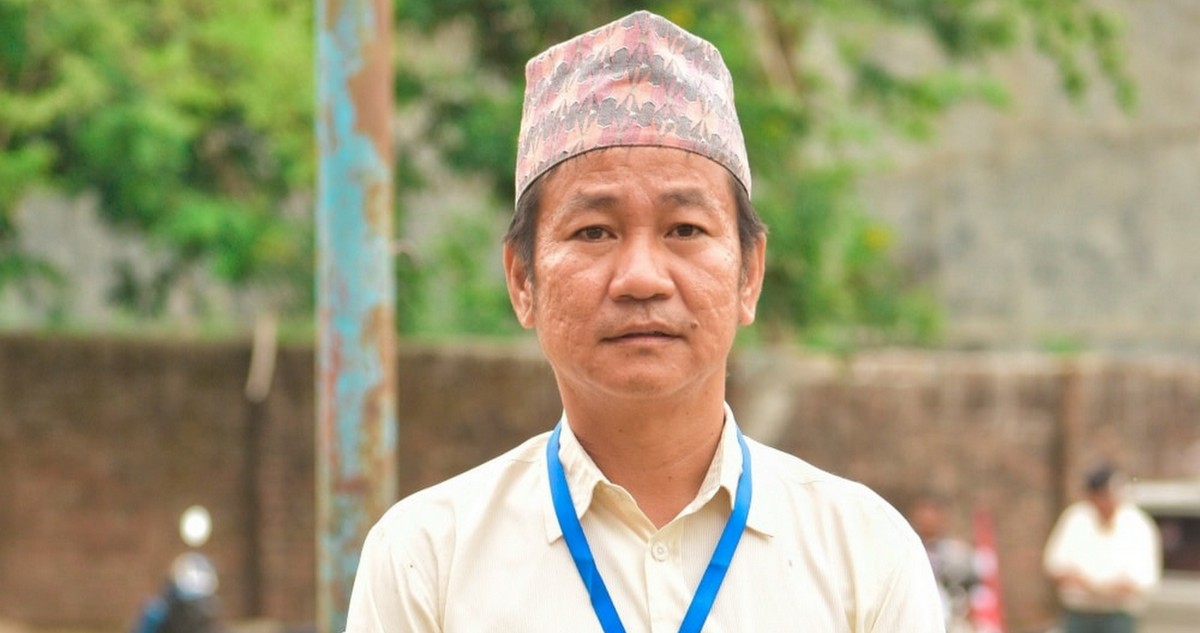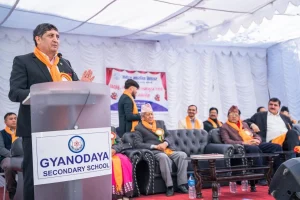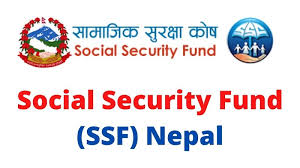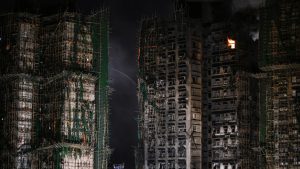Harka Sampang: The Outsider Waiting for a Seat at the Table
In the political reshuffling following Nepal’s dramatic transition, one name keeps surfacing among the people: Harka Sampang Rai, the mayor of Dharan and one of the most unconventional political figures in the country today. While the interim government led by Sushila Karki takes shape, many are asking: Will Harka Sampang be chosen as a minister?
The People’s Candidate
Unlike most politicians, Harka Sampang did not rise through party ranks. He built his reputation as an activist, a social worker, and a mayor who dared to challenge entrenched systems. From water supply struggles in Dharan to his blunt Facebook lives that expose corruption, he has carved out a space as the “people’s voice” rather than a career politician.
His popularity lies in his image as a truth-teller, a leader who spends more time among citizens than in closed-door meetings. That’s why, as the interim cabinet is being discussed, many protesters and ordinary citizens are calling for Sampang to be included.
Why He’s Being Considered
- Symbol of Change
The movement that ousted the Oli government was fueled by anger at corruption and nepotism. Sampang embodies the opposite a leader with little interest in wealth or perks. - Youth Support
His authenticity resonates especially with the younger generation. For Gen-Z protesters, having someone like Sampang in the cabinet would signal that the struggle was not in vain. - Grassroots Connection
While Kathmandu politics often feels removed from daily struggles, Sampang brings firsthand experience of what local governments face water shortages, unemployment, poor infrastructure.
Why His Appointment Is Uncertain
But despite his popularity, Sampang’s appointment is far from guaranteed.
- Independent Stance: He is not backed by a big party, which makes his entry into ministerial politics complicated.
- Unpredictable Style: His bluntness and refusal to follow protocol worry traditional leaders, who see him as “too raw” for ministerial politics.
- Interim Priorities: With Sushila Karki’s cabinet limited to a six-month mandate, choices may lean toward technocrats or “safe hands” who can manage elections rather than disrupt.
Waiting in the Wings
For now, Harka Sampang waits. His supporters believe he deserves a chance to carry his activism into national leadership. Critics argue that his strength lies in being an outsider, not in becoming part of the very system he criticizes.
Either way, his name being floated as a ministerial candidate is proof that Nepal’s political imagination is changing. Citizens are no longer satisfied with familiar party elites; they want bold, unfiltered leaders even if that means risking chaos in the cabinet room.
Conclusion
Harka Sampang’s story is still unfolding. Whether or not he joins the interim cabinet, he has already changed the political conversation. The fact that ordinary Nepalis see him as “minister material” shows that the hunger for real, grassroots leadership is stronger than ever.
The question is not just whether Sampang will be chosen, but whether Nepal’s politics is ready to make space for people like him.
Share this content:











Post Comment